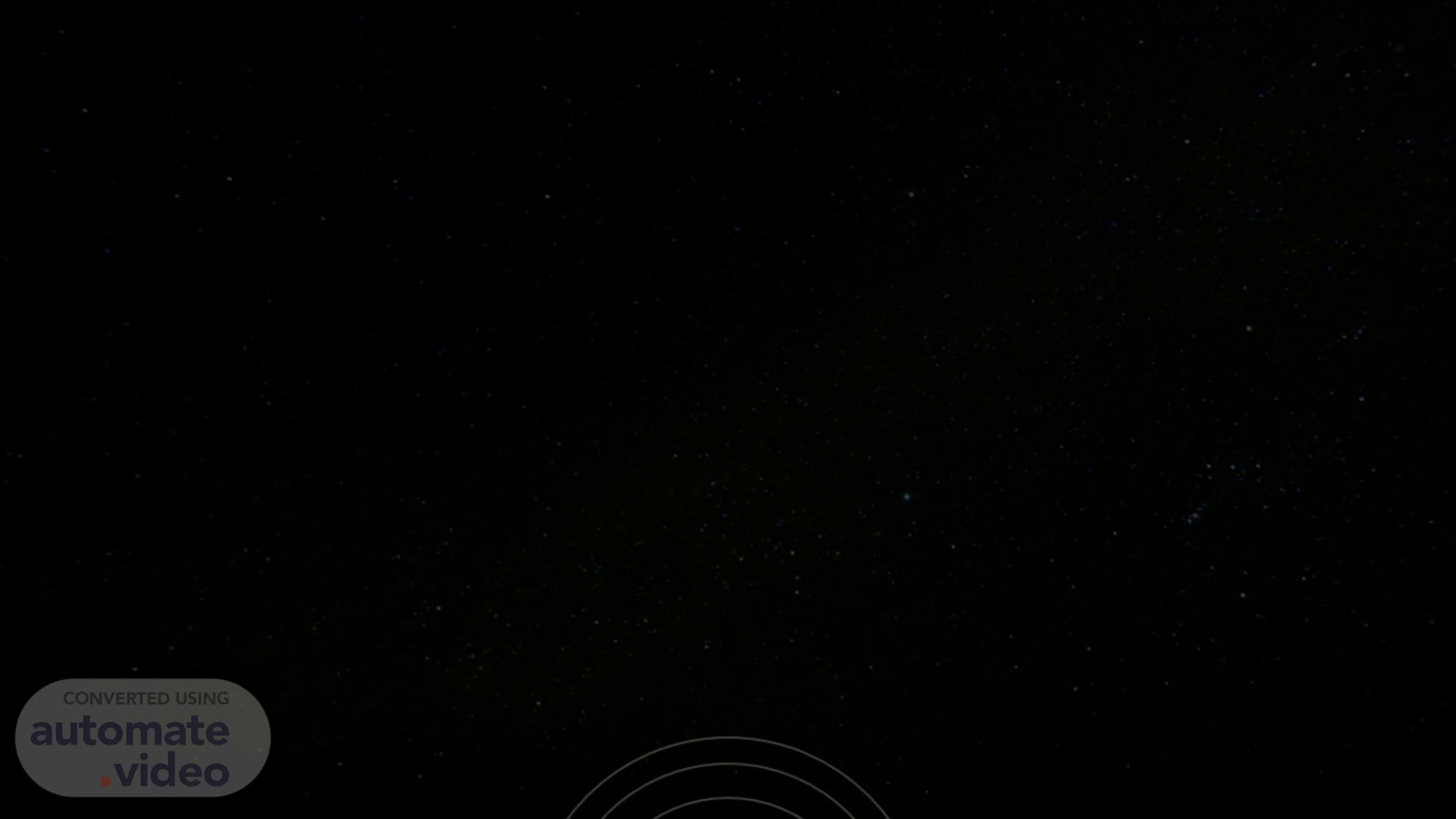Scene 1 (0s)
The Sun Mercury Venus Earth Mars Jupiter Saturn Uranus Neptune.
Scene 2 (2s)
The Sun Mercury Venus Earth Mars Jupiter Saturn Uranus Neptune.
Scene 3 (4s)
The Sun Mercury Venus Earth Mars Jupiter Saturn Uranus Neptune.
Scene 4 (6s)
SUN. Mercury. Venus. Earth. Mars. The Sun is the star at the center of the Solar System. It is a massive, nearly perfect sphere of hot plasma, heated to incandescence by nuclear fusion reactions in its core, radiating the energy from its surface mainly as visible light and infrared radiation with 10% at ultraviolet energies..
Scene 5 (8s)
The Sun. MERCURY. Venus. Earth. Mars. Mercury is the first planet from the Sun and the smallest in the Solar System. In English, it is named after the ancient Roman god Mercurius, god of commerce and communication, and the messenger of the gods. Mercury is classified as a terrestrial planet, with roughly the same surface gravity as Mars..
Scene 6 (10s)
The Sun. VENUS. Mercury. Venus. Earth. Mars. Venus is the second planet from the Sun. It is a terrestrial planet and is the closest in mass and size to its orbital neighbour Earth. Venus is notable for having the densest atmosphere of the terrestrial planets, composed mostly of carbon dioxide with a thick, global sulfuric acid cloud cover..
Scene 7 (12s)
The Sun. EARTH. Mercury. Venus. Earth. Mars. Jupiter.
Scene 8 (13s)
MARS. Venus. Earth. Mars. Jupiter. Saturn. Mars is the fourth planet from the Sun. The surface of Mars is orange-red because it is covered in iron(III) oxide dust, giving it the nickname "the Red Planet". Mars is among the brightest objects in Earth's sky, and its high-contrast albedo features have made it a common subject for telescope viewing..
Scene 9 (15s)
JUPITER. Venus. Earth. Jupiter. Saturn. Uranus. Jupiter is the fifth planet from the Sun and the largest in the Solar System. It is a gas giant with a mass more than 2.5 times that of all the other planets in the Solar System combined, and slightly less than one-thousandth the mass of the Sun. Its diameter is eleven times that of Earth, and a tenth that of the Sun..
Scene 10 (17s)
Jupiter. SATURN. Venus. Saturn. Uranus. Neptune. Saturn is the sixth planet from the Sun and the second largest in the Solar System, after Jupiter. It is a gas giant, with an average radius of about nine and a half times that of Earth. It has an eighth the average density of Earth, but is over 95 times more massive..
Scene 11 (19s)
Saturn. Jupiter. URANUS. Uranus. Neptune. Uranus is the seventh planet from the Sun. It is a gaseous cyan-coloured ice giant. Most of the planet is made of water, ammonia, and methane in a supercritical phase of matter, which astronomy calls "ice" or volatiles.
Scene 12 (21s)
Uranus. Saturn. NEPTUNE. Neptune. Neptune is the eighth and farthest known planet from the Sun. It is the fourth-largest planet in the Solar System by diameter, the third-most-massive planet, and the densest giant planet. It is 17 times the mass of Earth and slightly more massive, but denser and smaller, than fellow ice giant Uranus..
Scene 13 (23s)
THE END. Neptune.
Scene 14 (25s)
THE END. HOPE YOU ENJOY AND LEARNED FROM ME TODAY!.
